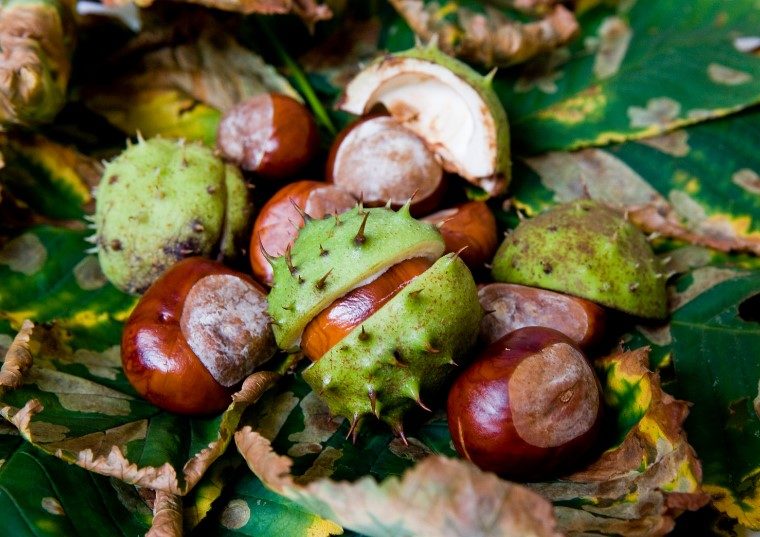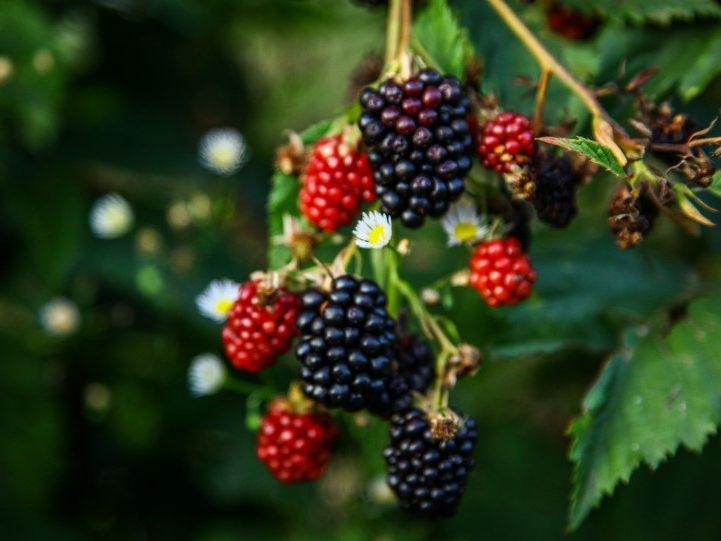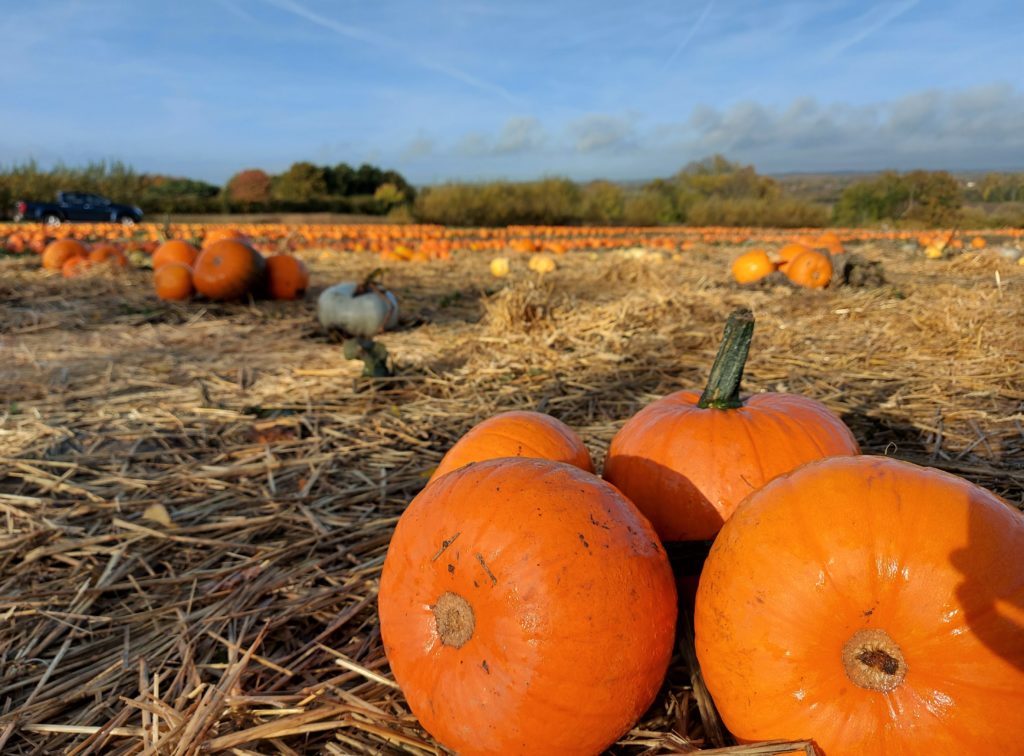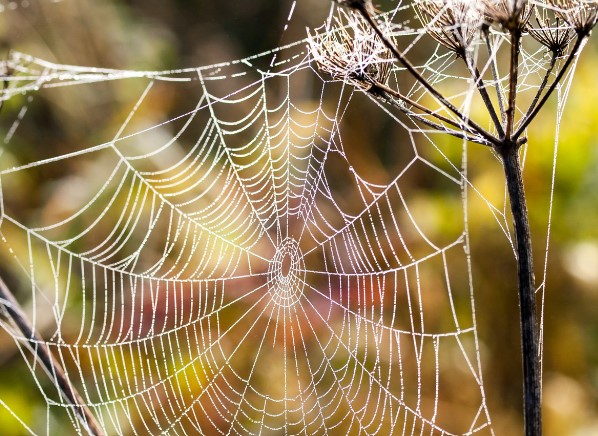Autumn nature to notice
As the dark nights start drawing in, and the temperature begins to drop, autumn’s glorious colours lift our spirits as they transform the landscape around us. It feels almost magical as the season of rest and reflection settles in at our green spaces.
Join us as we take a moment to thank the earth for all that it provides, by noticing and nurturing the spectacles of nature around us.
From the smallest conkers to the largest pumpkins, there are so many things to look out for this season. So step outside, breathe in the clear, fresh air, and explore the tranquil beauty of autumn…
Conkers
Finding a glossy, brown gem, delicately extracted from its prickly husk, evokes a special feeling. Stirring memories of childhood – gathering up conkers on a family walk, or in the school playground, vying to crush opponents’ conkers with skillful swings of a string – these autumnal treasures provide us with a cherished tradition.
Not sure how to play ‘conkers’? Here’s a quick guide:
- Carefully make a hole through the middle of your conker using a skewer or screwdriver, and thread it on to a piece of string (about 40-50cm long is a good length), tying a knot at the end to stop it falling off.
- One player dangles their conker at arm’s length, keeping it as still as possible, then the other takes a swing at their opponent’s conker to try and bash it. If the attacking player misses, they have two more chances before it’s their opponent’s turn to strike.
- Keep taking turns until one of the conkers smashes and you have a winner!


Blackberries
Picking plump, juicy blackberries, hidden among thorny brambles, offers a simple yet satisfying connection to nature’s seasonal abundance. Blackberries are at their best through September but depending on the weather, you can still find berries come October.
They’re easy to find as they grow wild among many hedgerows across the UK, and in all of our green spaces. Perfectly ripe berries will easily pull away from the bush – be careful not to squish them!
Blackberries are brilliant in cakes, crumbles, jams and even salads. Or you might fancy celebrating the season with a gin-based bramble cocktail? They can also be frozen to enjoy later in the year. With your fingers stained purple, as the crisp air carries the scent of ripe berries, treat yourself to a taste of autumn’s sweet and tart flavours (just be sure to leave some for the wildlife).
Pumpkins
The bold, orange glow of a huge, round pumpkin is one of the finest symbols of autumn, and celebrated for centuries around the world every October.
It may be fondly familiar, but did you know that over 45 different varieties of pumpkin exist, in a range of colours including orange, red, yellow and green! Also, it’s technically a fruit – the pumpkin is in the ‘Cucurbitaceae’ winter squash family, which includes cucumbers and melons.
You can find more facts you might not know about pumpkins in our free Pumpkin Pack, which also features some tasty recipe ideas to help you enjoy this autumn favourite. You can also come along to our pumpkin patch this October to pick your own pumpkins straight from the growing field. See our events page for more details.


Spiderwebs
A spiderweb is an incredible, intricate yet super-strong and efficient work of construction, and sparkling in the sunlight it’s a truly beautiful sight.
What you may not know, is that this is entirely deliberate! A spiderweb is shiny for a reason – it’s not designed to merely catch passing insects, but to actually attract them. Many insects have better visual perception in UV wavelengths of light, and spiderwebs are highly reflective in UV light making them stand out as an enchanting thing of beauty.
Next time you come across a web, don’t just brush it aside, but take a moment to look a little closer and admire it for what it is. Spiders, and their incredible silk, are a vastly undervalued wonder of nature.
Hedgehogs
The autumn months are a crucial time for hedgehogs, so you may well spot a female or young hoglet as they’re seeking out food to fatten themselves up in preparation for their long winter sleep. The hedgehog’s natural diet is mainly invertebrates which, unfortunately, scurry away over the winter, so in order to survive they must take to hibernating.
Curling into a ball in the fallen autumn leaves, a hedgehog conserves its energy with a very low body temperature, heart rate, and respiration rate, until its main food source crawls back in the spring.
You can be a hedgehog helper in autumn by putting out supplementary food – either cat/dog food or special hedgehog food pellets which can be bought from local pet shops or online.

Of all the seasons, autumn offers the most to man and requires the least of him.
– Hal Borland
Explore the outdoors with kids...
How many of our autumn favourites can you spot? Download our nature spotter activity sheet.